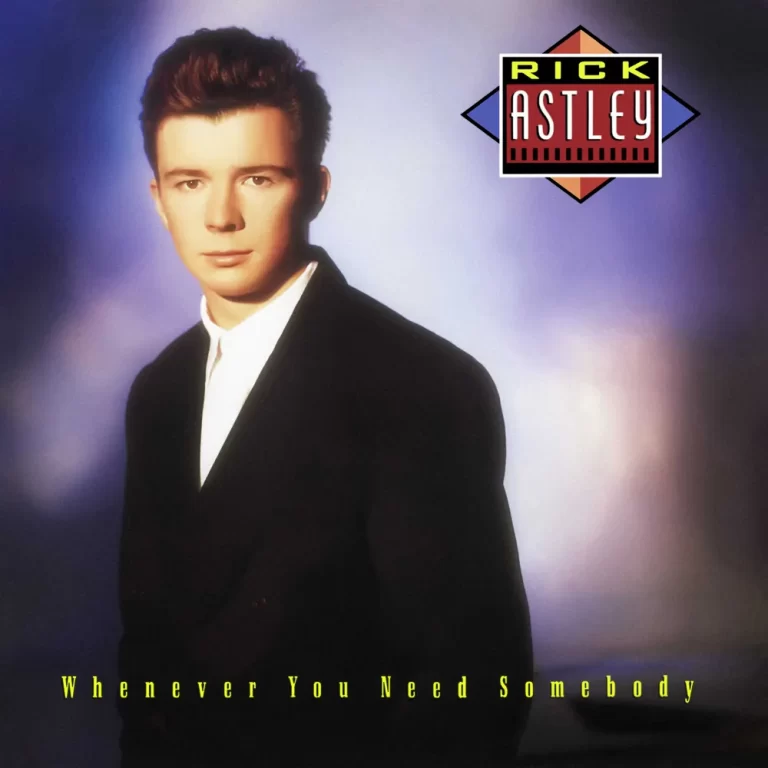Back in its heyday, the Yamaha Rev5 Digital Reverberator was a game-changer in the world of audio effects. With a collection of 30 preset effect programs, this piece of equipment allowed us to explore, customise, and store our sonic experiments in 60 RAM user memory slots. Those initial programs from 1 to 30 covered everything from classic reverb to early reflection, delay, modulation, gated reverb, and pitch change effects.
But the real gems were the programs numbered .91 through .99, which presented a novel concept of “combination” programs. They essentially transformed our single Rev5 unit into a versatile suite of effects.
What made the Yamaha Rev5 truly exceptional was its fine-tuning capabilities. Each effect program had its own individual three-band parametric EQ parameters, enabling sound engineers and musicians to achieve that precise tonal balance they craved.
Beyond that, the Rev5 unveiled a world of “internal parameters” that handed us complete control over the effect sound. For instance, when it came to the REVERB programs, we had access to a total of 12 parameters. These parameters allowed us to sculpt soundscapes with incredible precision, making sure the effect was just right.
The Yamaha Rev5 was ahead of its time in terms of MIDI compatibility. It featured a MIDI IN terminal that let us select effect programs effortlessly. But what really turned heads was the switchable MIDI THRU/OUT terminal. In OUT mode, we could transfer our edited programs stored in the internal RAM to a MIDI data recorder or other data storage devices. This kind of flexibility was groundbreaking for its era.
Convenience was at the heart of the Rev5’s design. The electronically balanced input and output terminals could be adjusted to match either -20 dBm or +4 dBm line levels, ensuring a seamless fit with a wide array of sound equipment.
The Yamaha Rev5’s sampling frequency was another standout feature. With a boosted rate of 44.1 kHz, it provided a complete, accurate frequency response from 20 Hz to 20 kHz. This meant cleaner, more transparent effect sound and a broader range of control, something we marvelled at during that time.
The Yamaha Rev5 also upped the ante with expanded control parameters and the inclusion of individual digital program EQ settings alongside a master EQ. This allowed us to fine-tune our sound not just broadly but with a level of detail we’d never experienced before.
From a historical standpoint, the Rev5’s MIDI In terminal for program selection and the versatile switchable MIDI Thru/Out terminal were significant advances. The industry was evolving rapidly, and this piece of equipment was at the forefront of that change.
Looking back, the Yamaha Rev5 Digital Reverberator was more than just a piece of gear; it was a testament to innovation and a vital tool for sound professionals. It offered a wide range of effects, precise control, and forward-thinking MIDI integration, making it a cornerstone of many studios and live performances during its era. Whether you were a musician, producer, or audio engineer, the Rev5 was your ticket to unlocking a world of sound possibilities.










